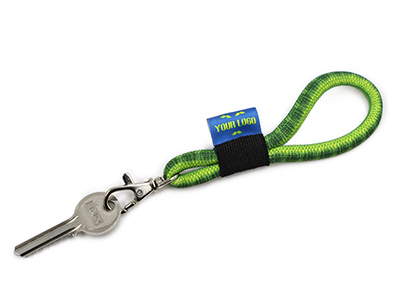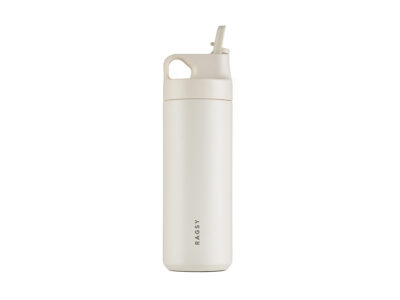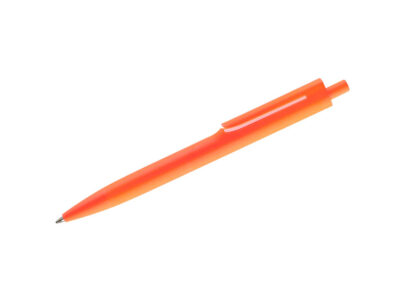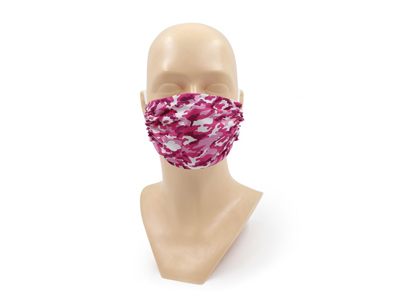Pad printing
The pad printing method, also known as pad printing, is a comprehensive and popular printing technique used in various industries. It allows you to precisely transfer an image or pattern to various objects of various shapes and surfaces, such as plastic electronics, buttons, pens, cups, watches, and car components. The course of the tam pad printing process includes several key steps to learn.
Pad printing technique process
The first step in the printing process is to prepare a matrix, also called a film. The matrix is made of a flat surface, most often made of plastic or metal, on which the pattern or image is cut. This pattern is properly scaled to suit the size of the item on which the print is to be made. The matrix can be made using a photopolymer method, in which UV light is used to harden the photopolymer layer on the matrix, or it can be made using laser technology.
Then, paint is prepared, which is specially selected for the material and surface of the object and for the requirements regarding durability and appearance. Paints used in tampering are usually flexible to adapt to irregular shapes and ensure permanent reception on various materials. There are many types of paints available, such as solvent-based paints, UV paints, and latex paints. The choice of the right paint depends on the material of the object, its use, and the expected effect.
After preparing the matrix and paint, the tampon, which is made of flexible silicone, is soaked with paint. Tampon acts as an intermediary between the matrix and the object on which the printing is to be made. The silicone tampon is flexible and adapts to the shape of the surface on which the print is to be made. The tampon is gently moved over the matrix to transfer the paint to the pattern. The elasticity of the tampon and its anti-adhesive properties allow accurate and repeatable transfer of paint to the object.
When the tampon carries the paint from the matrix, it is then moved above the surface of the object on which the print is to be made. With proper pressure and time control, the paint is transferred from the tampon to the surface of the object, creating a reflection of the pattern or image. The tampon gently adapts to surface irregularities, allowing accurate transfer of paint to hard-to-reach areas.
Advantages of the pad printing technique
The tamper method is a relatively fast and efficient process, which makes it attractive from a mass production perspective. In addition, this technique allows you to print many colors in one pass, which allows you to get more complex designs and graphics. The ability to print on small surfaces makes tampour ideal for marking small elements.
Disadvantages of the tampering technique
One of the main disadvantages is that it is not as durable as some other printing methods, such as screen printing or laser engraving. Intensive use of items on which a tamper is used may lead to abrasion or fading of the reflection. In addition, some paints used in tampering may not be suitable for some materials or may be damaged in extreme conditions, such as high temperatures.
Summary
Despite these disadvantages, tampouring remains a popular and valued printing technique, especially in the advertising and manufacturing industries. Its advantages, such as precision, the ability to print on irregular surfaces, and the ability to carry many colors, make it an effective tool for creating customized designs and graphics on various objects.
No products were found matching your selection.






